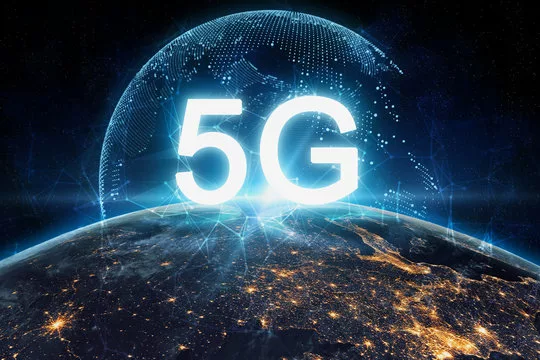Over the years, there has been a dramatic increase in video content consumption, and the advent of 5G technology is poised to accommodate this growing trend. However, the potential of 5G goes beyond simply meeting the demand for video streaming; it promises to revolutionize the entire streaming landscape.
In the late 2000s, we witnessed the emergence of Web2.0, the first iPhone, the transition from analog to digital television, and the rise of 3G networks. These developments gave streaming media an omnipresent feel, allowing people to watch anything they wanted, whenever and wherever they wanted. Then came 4G/LTE, which further improved consumers’ ability to enjoy their favorite shows from virtually anywhere. However, it still had limitations like patchy reception and signal deterioration, especially in unfavorable conditions.
How 5G will enter into OTT?
Enter 5G, which offers promises that can change the game for real-time data distribution and live broadcasting via OTT (Over-The-Top) networks. Partho Dasgupta, the former CEO of BARC and current Managing Partner at Thoth Advisors, explains that 5G will achieve this through real-time processing and low latency, significantly enhancing the delivery of consistent, high-quality OTT services to end-users.
The increasing consumption of video content has been a driving force behind the development of 5G technology. However, the real potential lies in the new digital experiences it can enable. OTT providers and broadcasters now have the opportunity to offer a wide range of services to viewers, including live sports in 4K and beyond, 360° videos, headcam footage, virtual reality, and other immersive experiences.
With local “macro” towers strategically placed, the 5G network will bring processing closer to users, ensuring faultless user experiences despite distant servers or device limitations. As a result, users can expect uninterrupted HD and 4K video streaming, potentially leading to a rise in popularity of OTT services while traditional satellite broadcasting may decline.
Advertisers, too, stand to benefit from 5G’s introduction. With the support of 5G networks, they can ensure real-time data flow, allowing them to provide customized ads to consumers instantaneously and directly. Highly localized advertisements can be delivered without the need for extensive data storage or transport costs, leading to an increase in AVOD (Advertising-Based Video On Demand) material available on OTT platforms.
To enhance content streaming and retain clients, OTT providers are already collaborating with telecom partners. The arrival of 5G will enable OTT services to interact with 5G providers and better cope with spikes in content demand, addressing customer complaints about poor quality during peak times on 4G networks.
While 5G has been hailed as the next generation of mobile communications technology, it is still in its early stages of network implementation and market growth. Potential obstacles may cause a delay in its global implementation, slowing down its impact on the OTT market.
In conclusion, 5G technology is set to usher in a new era of content consumption. With its improved reliability, data streaming speed, and video delivery capabilities, video content is likely to dominate digital consumption in the future. As we embrace this breakthrough in connectivity, we can anticipate a surge in streaming, live content, and a more engaging digital experience for all.


Recent Comments